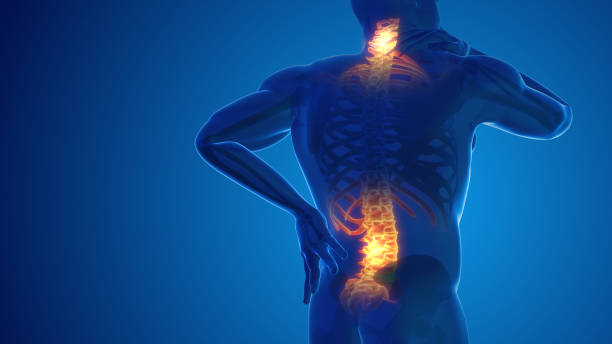Back pain can disrupt daily life, making even simple tasks feel difficult. Whether it stems from poor posture, prolonged sitting, or underlying health conditions, taking small steps can make a big difference. With the right approach of Back Pain Management, you can reduce discomfort and improve mobility. This article provides practical strategies to help orthopedic patients manage pain and enjoy greater comfort.
Understanding Back Pain Causes
Before addressing solutions, it’s essential to recognize what triggers back pain. Some common causes include:
- Poor Posture: Slouching while sitting or standing puts strain on the spine.
- Prolonged Sitting: Sitting for long hours weakens back muscles.
- Improper Lifting Techniques: Lifting heavy objects incorrectly can lead to injuries.
- Lack of Movement: Inactivity reduces flexibility and increases stiffness.
- Medical Conditions: Issues like arthritis, disc problems, or osteoporosis contribute to back pain.
By identifying the root cause of your discomfort, you can take the right steps toward relief.
Best Sitting Practices
Proper sitting posture can prevent strain on your back. Follow these simple adjustments:
| Tip | How It Helps |
|---|---|
| Sit Up Straight | Keeps the spine aligned and reduces pressure. |
| Use a Supportive Chair | Provides lumbar support to prevent slouching. |
| Keep Feet Flat on the Floor | Maintains balance and avoids unnecessary strain. |
| Avoid Crossing Legs | Encourages even weight distribution. |
| Take Breaks Every 30 Minutes | Reduces stiffness and promotes blood flow. |
Sleeping Positions for Back Pain Relief
The way you sleep can affect your back health. Follow these sleeping tips:
- Sleep on Your Side: Place a pillow between your knees for better alignment.
- Use a Firm Mattress: Supports the spine and prevents sinking.
- Avoid Stomach Sleeping: This can put strain on the neck and lower back.
- Keep a Pillow Under Your Lower Back (If Sleeping on Your Back): Helps maintain a neutral spine position.
Gentle Exercises for a Stronger Back
Regular movement helps keep back muscles flexible and strong. These simple exercises can be done at home:
| Exercise | How to Do It | Frequency |
| Knee-to-Chest Stretch | Lie on your back, pull one knee toward your chest, hold, then switch. | Twice daily |
| Pelvic Tilt | Tighten stomach muscles while lying on your back and tilt your pelvis upward. | Morning & evening |
| Cat-Cow Stretch | Get on all fours, arch your back, then drop your belly. | Daily |
| Bridges | Lie on your back, lift your hips, and hold. | 3-4 times a week |
These exercises improve mobility without putting too much strain on your back.
Daily Habits for Long-Term Comfort
Making small lifestyle changes can help in effective back pain management. Consider these habits:
- Take Short Walks: Movement prevents stiffness.
- Avoid Heavy Bags: Distributes weight unevenly, causing strain.
- Use Proper Footwear: Supportive shoes help maintain posture.
- Adjust Workstation Ergonomics: Keep the monitor at eye level and chair at the right height.
- Drink Enough Water: Keeps spinal discs healthy.
When to Seek Medical Help
If back pain persists despite these measures, it’s important to consult a doctor. They may recommend:
- Physical Therapy: Exercises tailored to your condition.
- Medication: Pain relievers or anti-inflammatory drugs if needed.
- Postural Corrections: Adjustments to daily movements to prevent pain.
- Further Medical Tests: If an underlying condition is suspected.
Conclusion
Back Pain Management is achievable through simple adjustments in daily life. By maintaining proper posture, sleeping in the right positions, exercising gently, and adopting healthy habits, you can significantly reduce discomfort. Stay consistent with these practices to improve mobility and overall well-being. If pain persists, seeking professional help ensures the best course of action for lasting relief.

